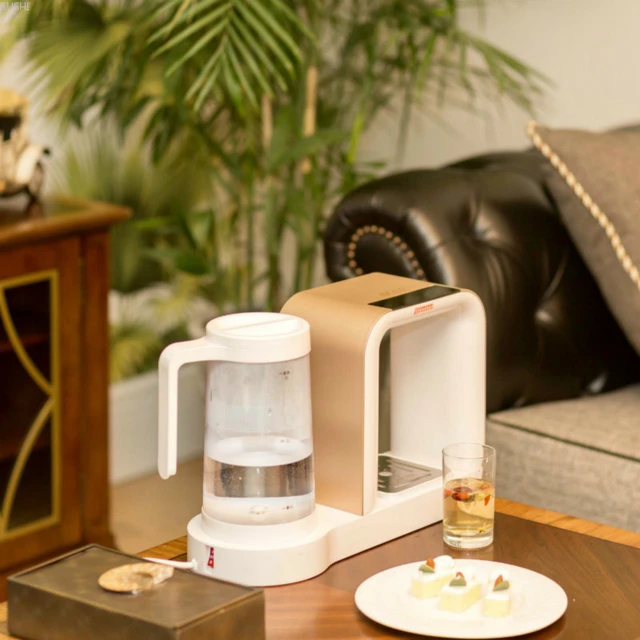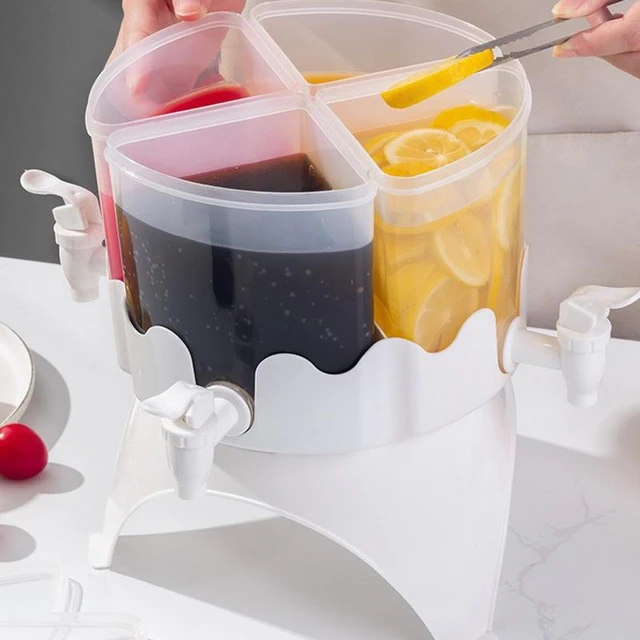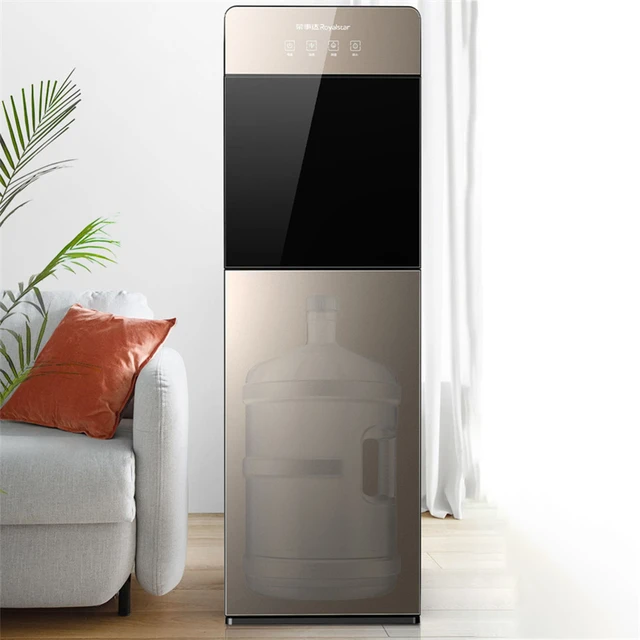Introduction
Limescale buildup is a common challenge faced by owners of water dispensers, including those by Primo. Limescale, or mineral deposits, can accumulate over time, affecting the performance and aesthetics of the dispenser. To restore the optimal functioning and appearance of a Primo water dispenser, it is important to remove limescale effectively. In this guide, we will explore various methods and techniques for removing limescale from a Primo water dispenser, providing specific instructions to help you achieve a clean and well-maintained appliance.

How do you remove limescale from a Primo water dispenser?
The Importance of Removing Limescale
1.1. Limescale Impact on Water Dispenser Performance
Limescale can negatively impact the performance of a Primo water dispenser. Mineral deposits can clog pipes, faucets, and filters, affecting water flow and reducing the appliance’s efficiency. Regular removal of limescale ensures that the dispenser operates optimally, providing a continuous supply of clean and refreshing water.
1.2. Aesthetics and Hygiene Considerations
Limescale buildup can also affect the appearance of the Primo water dispenser. The presence of white or brownish deposits can be unsightly and create a negative impression. Additionally, limescale can harbor bacteria or impurities, compromising the hygiene of the appliance. Removing limescale not only improves the aesthetics but also promotes a sanitary water dispensing experience.
Methods for Removing Limescale
2.1. Vinegar Solution
Vinegar is a popular and effective natural cleaning agent for removing limescale. Follow these steps to use a vinegar solution for cleaning a Primo water dispenser:
- Mix equal parts white vinegar and water in a container.
- Disconnect the water dispenser from the power source and empty the water reservoir.
- Use a clean cloth or sponge soaked in the vinegar solution to wipe down the interior and exterior surfaces of the dispenser, paying special attention to areas with limescale deposits.
- For stubborn limescale, soak a cloth or paper towel in the vinegar solution and place it on the affected area. Let it sit for several hours or overnight to loosen the mineral deposits.
- Once the limescale is loosened, scrub the area gently with a soft brush or sponge.
- Rinse all components thoroughly with clean water to remove any vinegar residue.
- Reassemble the Primo water dispenser and run water through the taps for several minutes to flush out any remaining traces of vinegar.

2.2. Lemon Juice and Baking Soda Paste
An alternative natural method for removing limescale involves the use of lemon juice and baking soda to create a paste. Follow these steps to use this method:
- Squeeze fresh lemon juice into a bowl and gradually add baking soda, stirring to form a thick paste.
- Disconnect the water dispenser from the power source and empty the water reservoir.
- Apply the lemon juice and baking soda paste to the limescale deposits, ensuring complete coverage.
- Allow the paste to sit on the affected areas for at least 30 minutes or longer for tougher deposits.
- Scrub the limescale gently with a soft brush or sponge, applying additional paste as needed.
- Rinse thoroughly with clean water to remove any residue.
- Reassemble the Primo water dispenser and run water through the taps for several minutes to flush out any remaining traces of the paste or limescale.
2.3. Commercial Descaling Products
Commercial descaling products specifically formulated for removing limescale are widely available. These products often come in liquid or powder form and can be effective in removing tough mineral deposits. Follow the instructions provided by the manufacturer on the product packaging for the best results. It is essential to ensure that any product used is safe for use in Primo water dispensers and does not pose a risk to water quality or the appliance itself.
Precautions and Tips for Limescale Removal
3.1. Safety Precautions
When using any cleaning method to remove limescale, it is important to follow safety precautions:
Ensure proper ventilation when using vinegar or any other cleaning solutions.
Wear gloves to protect your hands from the cleaning agents.
Avoid using abrasive tools or materials that may scratch the dispenser’s surfaces.
3.2. Surface Compatibility
Check the user manual or contact Primo customer support to ensure that the cleaning method and agents used are compatible with the specific model of the water dispenser. Some surfaces or materials may be sensitive to certain cleaning agents, and using improper solutions can damage the appliance.

3.3. Regular Maintenance
To prevent future limescale buildup, implement regular maintenance practices:
- Empty and clean the water reservoir on a regular basis to minimize mineral deposits.
- Periodically flush the dispenser with clean water to remove any lingering traces of limescale.
- Follow the manufacturer’s recommendations for filter maintenance or replacement to ensure optimal performance and reduce limescale accumulation.
Professional Servicing
4.1. Expert Assistance
If limescale buildup persists or you are unsure about how to effectively remove limescale from your Primo water dispenser, seek professional assistance. This can involve contacting customer support or hiring a technician specializing in water dispenser maintenance to ensure that the appliance is thoroughly cleaned and restored to its optimal condition.
Prevention of Limescale Buildup
6.1. Use Filtered Water
Using filtered water in the Primo water dispenser can greatly reduce the amount of mineral deposits and limescale buildup. Filtering the water before it enters the dispenser removes impurities and minerals, resulting in cleaner and fresher-tasting water.

6.2. Regular Flushing
In addition to regular cleaning, performing periodic flushing of the water dispenser can help prevent limescale buildup. Follow these steps for flushing:
- Disconnect the water dispenser from the power source and empty the water reservoir.
- Fill the reservoir with clean water.
- Open the taps and let the water run for several minutes, ensuring that the entire system is flushed.
- Repeat this process regularly, depending on the level of mineral content in your water supply.
6.3. Descaling Maintenance
Periodically descaling the water dispenser is another preventive measure to keep limescale at bay. Follow the manufacturer’s recommendations for descaling intervals and use appropriate descaling agents. This maintenance step helps break down and remove any mineral deposits that may have accumulated over time, preserving the efficiency and longevity of the appliance.

Conclusion
Removing limescale from a Primo water dispenser is essential for maintaining its performance, appearance, and hygiene. Methods such as using a vinegar solution or a lemon juice and baking soda paste can effectively dissolve and remove limescale deposits. Ensure proper precautions are taken, such as ventilation, wearing gloves, and using appropriate cleaning agents that are safe for the appliance. Implementing regular maintenance practices and seeking professional assistance when needed will help ensure the continued cleanliness and functionality of the Primo water dispenser. With proper care and cleaning, your Primo water dispenser will provide you with a reliable and refreshing water source.

